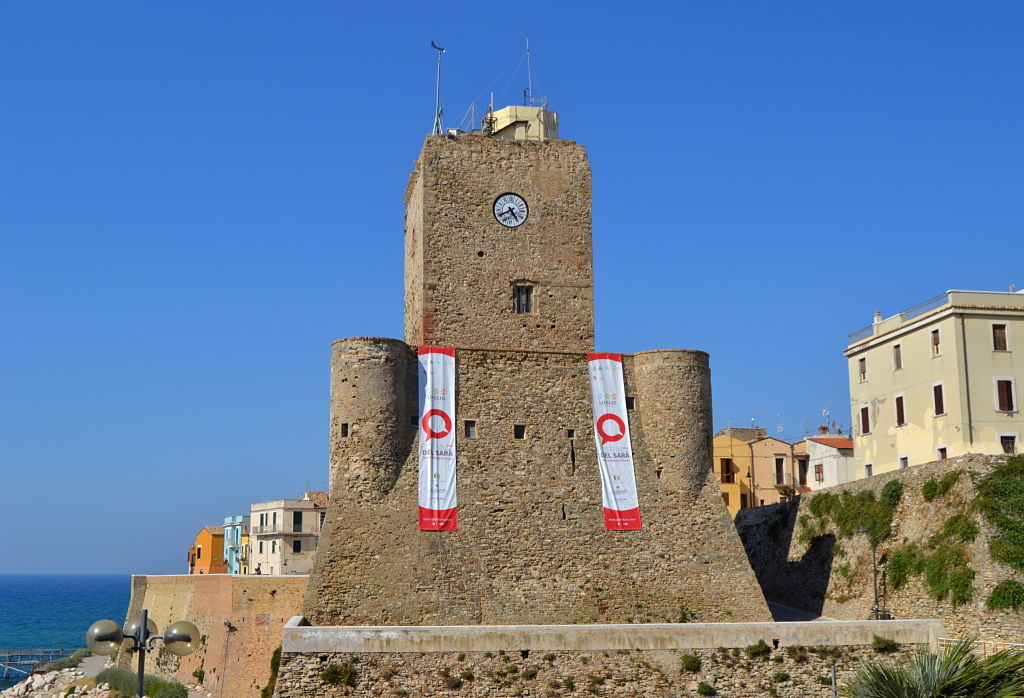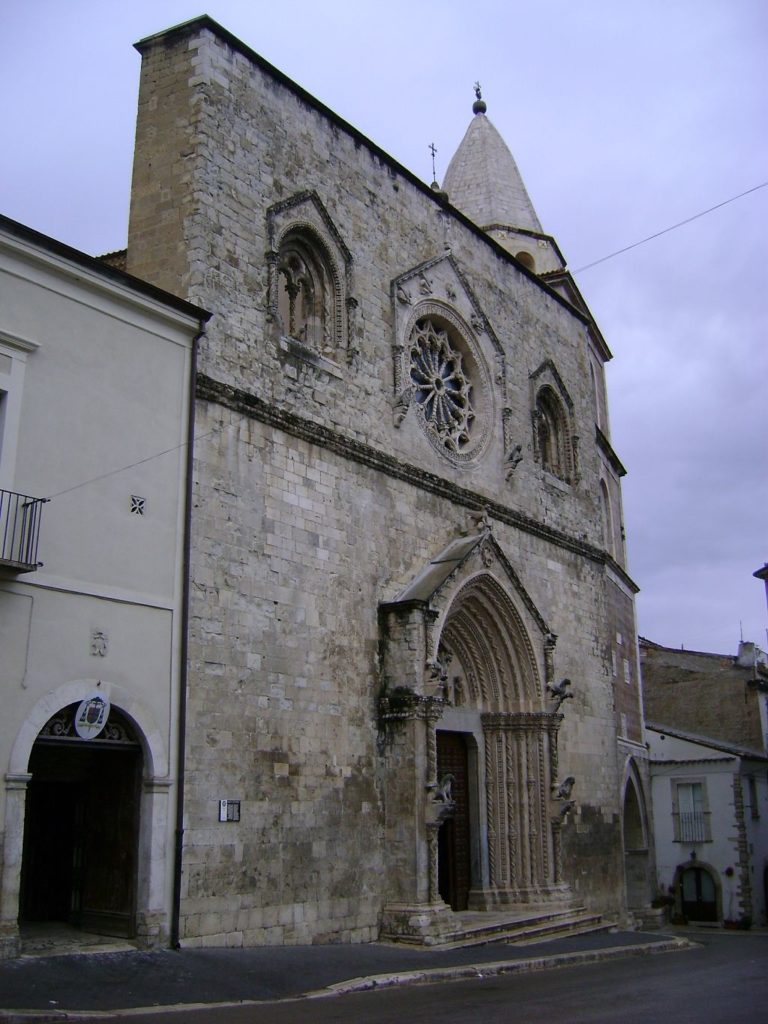Molise is considered a wild and unspoilt place, which fascinates tourists from all over the world.
Those who decide to visit Molise: an Italian treasure with ancient origins and pristine landscape wonders, prefer to start the tour by visiting Larino, a town located a few kilometers from Termoli, choosing to stay at the rural residence Essentia.
This charming farmhouse surrounded by nature, is located in an ideal position to visit the historical and artistic beauties that the region offers.
Termoli
Choosing to stay at the rural residence Essentia, means having the opportunity to get in a short time to Termoli where you can admire what is the symbol of the city: the Swabian castle.
This building is considered the most significant defensive building on the Molise coast.
Probably built in Norman times around the eleventh century, stands on the foundations of a pre-existing Lombard tower, but was renovated by Frederick II in 1247, and that is why it was named “Swabian”.

The Swabian castle, Termoli
It is composed of two pyramid-shaped complexes: the first, larger, at its corner features cylindrical towers, while the second has only one parallelepiped tower.
The castle also had a massive city wall with cylindrical towers and a door with drawbridge.
To date, some rooms house the Galleria Comunale d’Arte, while others are used for seminars and events..
Larino
Continuing your tour of Molise, you can not miss Larino, a city full of historical monuments such as the Cathedral of San Pardo and the Assunta which is located in the center of the city, considered to be one of the most beautiful sacred buildings in Italy as it features aspects of both Romanesque and Gothic art.
The facade is divided into two floors by a frame: the lower floor is the entrance where you can admire the Crucifixion with the angel who crowns Christ who is dying.

Cathedral of San Pardo, Larino
The central part of the facade has a rose window with thirteen rays placed under a cusped frame where there are 5 high reliefs depicting the mystical Lamb along with the symbols of the evangelists.
The interior instead is divided into three naves of which, the central has a trussed roof.
The cathedral preserves important frescoes of the fourteenth century, as well as important silverware works of the Neapolitan school of the ‘700.
Important is the presence of a crypt that houses the relics of St. Pardo.
Another important building is the Palazzo Ducale, the ancient castle belonging to the Norman counts.


